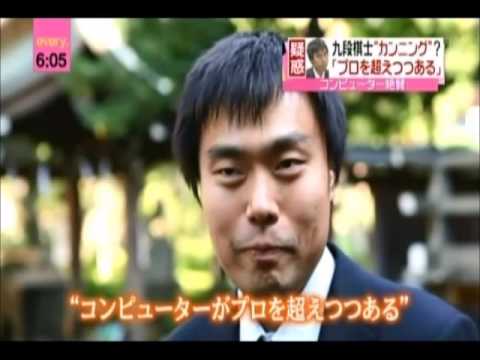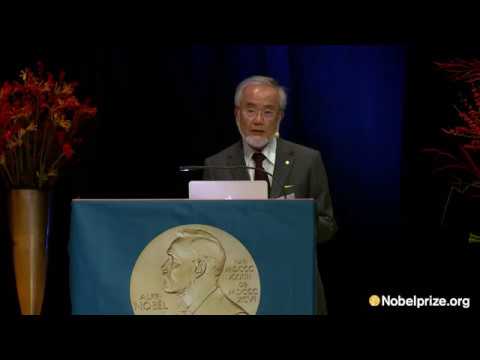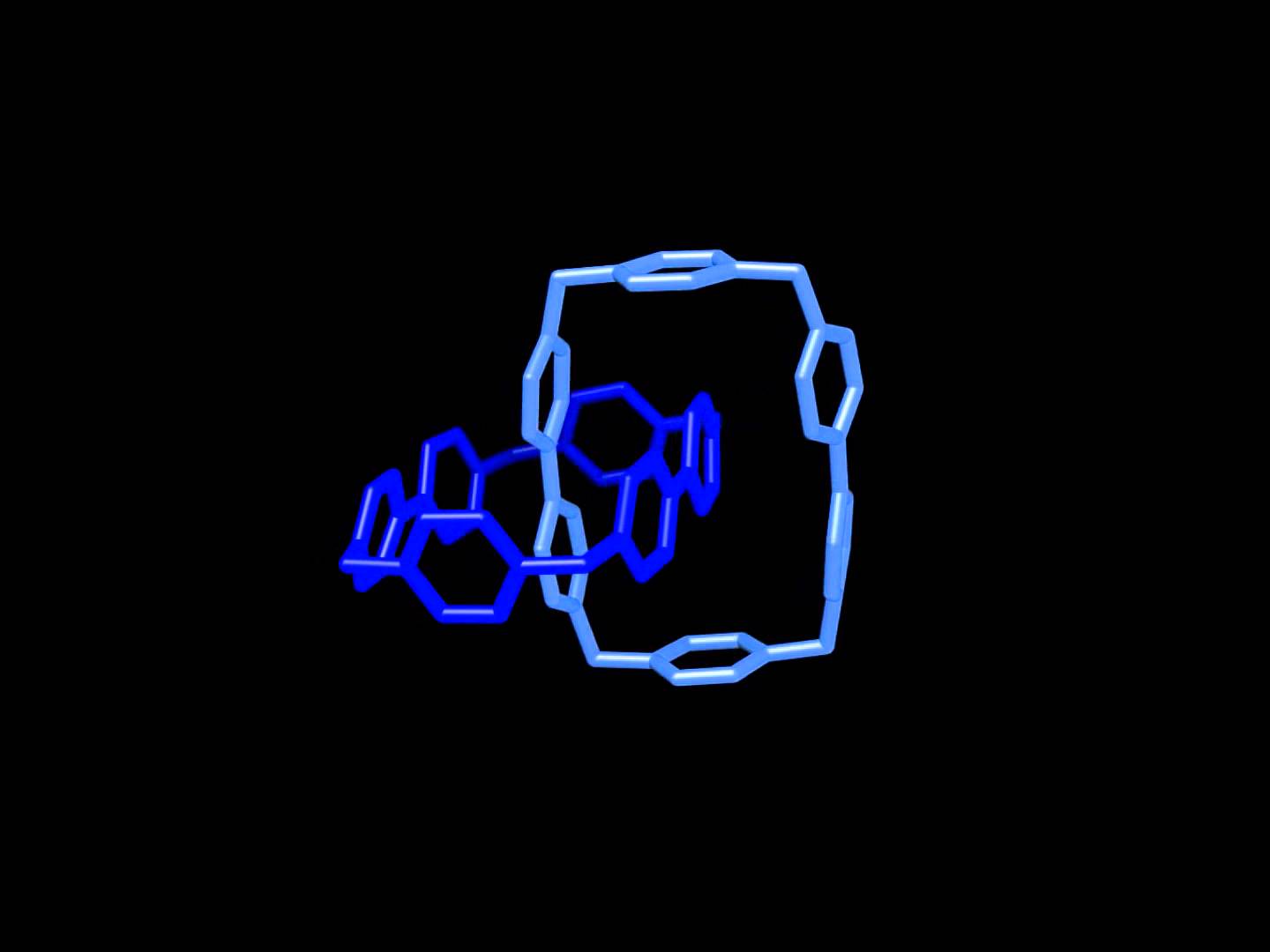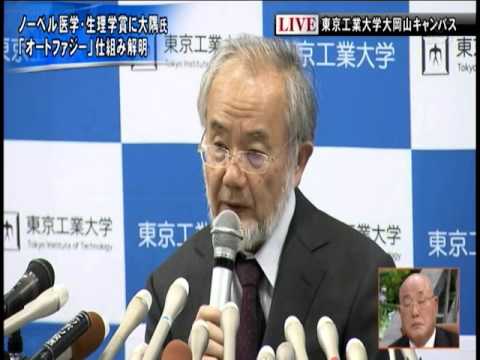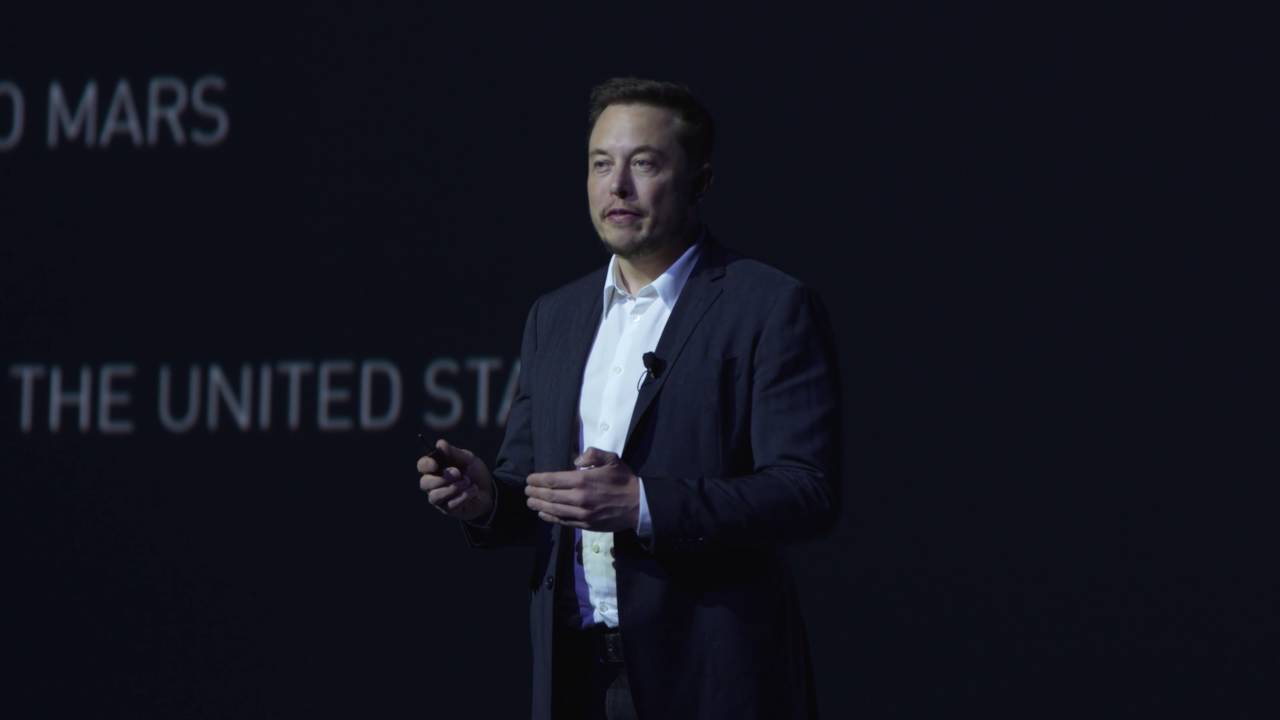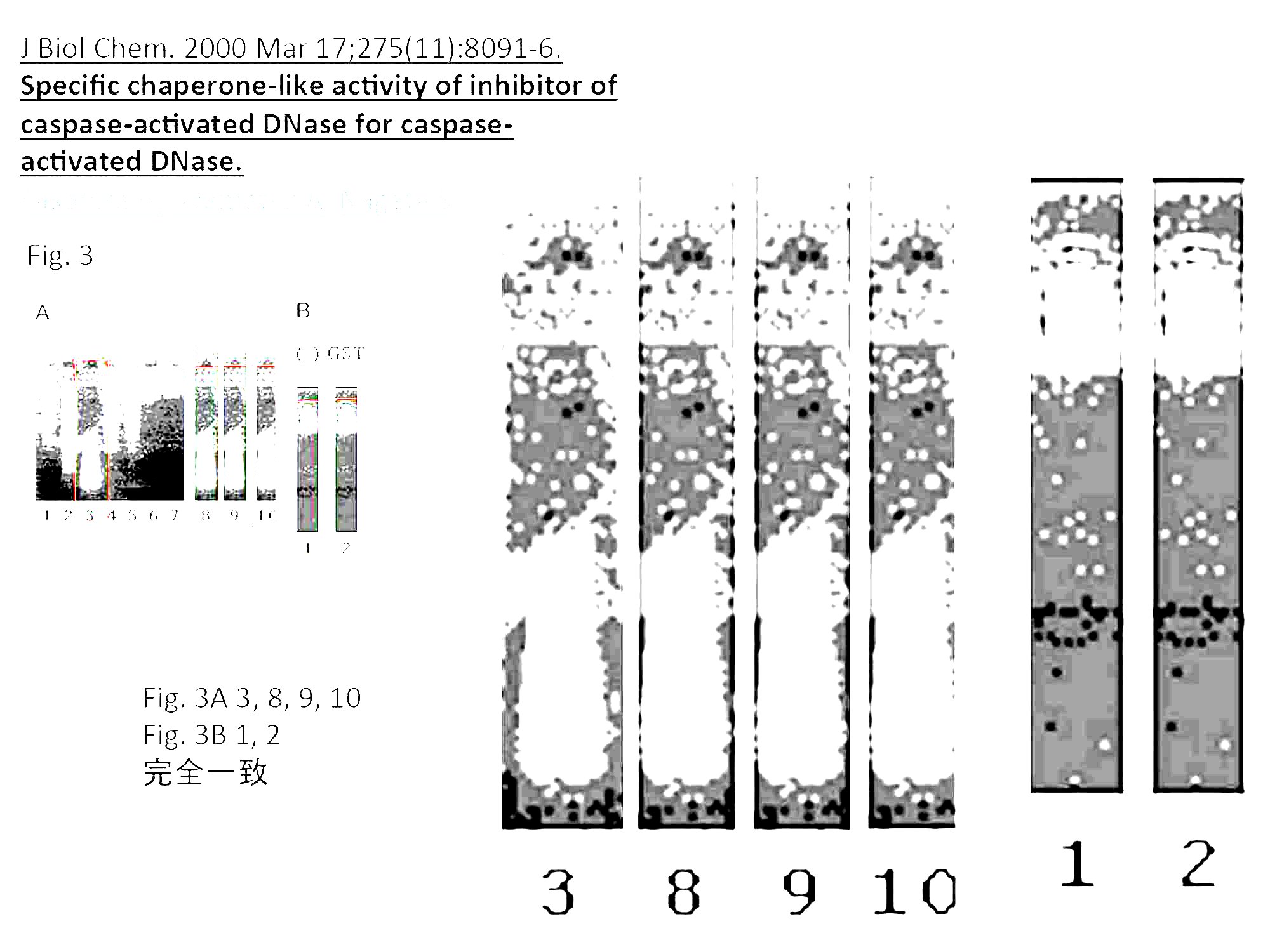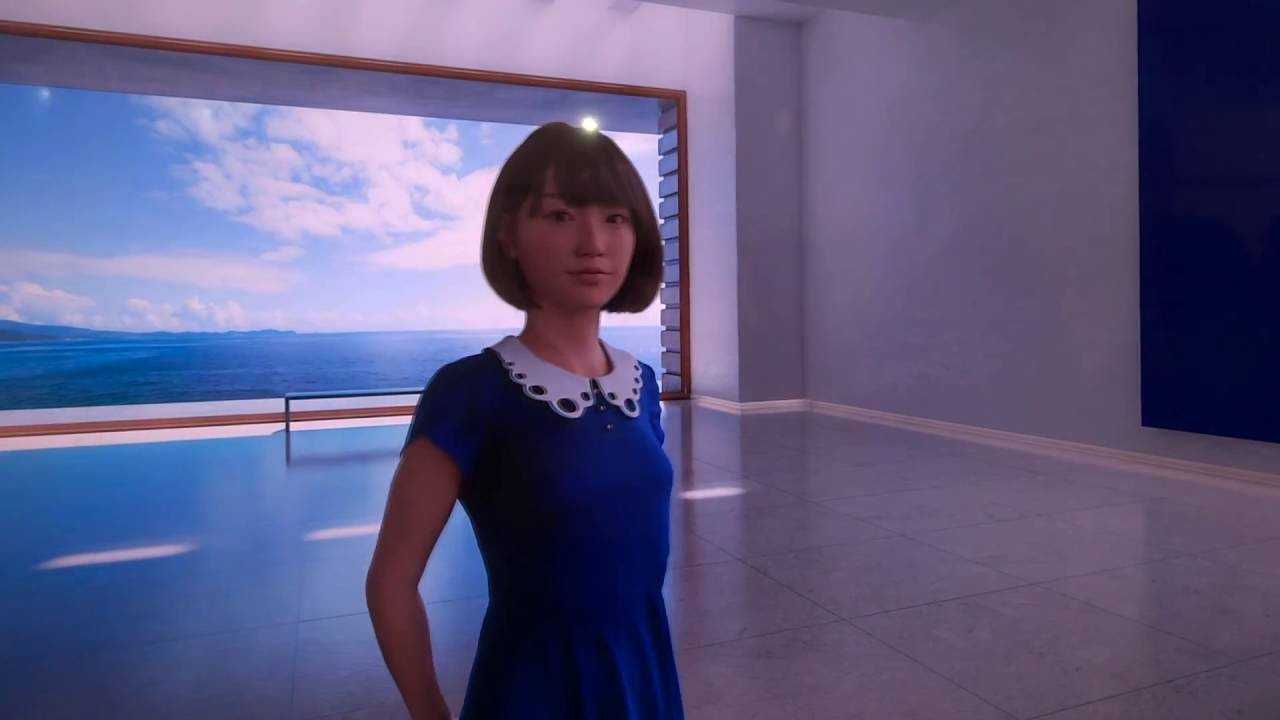発生生物学の実験材料としてよく用いられるモデル動物アフリカツメガエル(Xenopus laevis)ゲノムの塩基配列が解読され、今週のNature誌に論文が発表されました。
Adam M. Session, Yoshinobu Uno, Taejoon Kwon, Jarrod A. Chapman, Atsushi Toyoda, Shuji Takahashi, Akimasa Fukui, Akira Hikosaka, Atsushi Suzuki, Mariko Kondo, Simon J. van Heeringen, Ian Quigley, Sven Heinz, Hajime Ogino, Haruki Ochi, Uffe Hellsten, Jessica B. Lyons, Oleg Simakov, Nicholas Putnam, Jonathan Stites, Yoko Kuroki, Toshiaki Tanaka, Tatsuo Michiue, Minoru Watanabe, Ozren Bogdanovic, Ryan Lister, Georgios Georgiou, Sarita S. Paranjpe, Ila van Kruijsbergen, Shengquiang Shu, Joseph Carlson, Tsutomu Kinoshita, Yuko Ohta, Shuuji Mawaribuchi, Jerry Jenkins, Jane Grimwood, Jeremy Schmutz, Therese Mitros, Sahar V. Mozaffari, Yutaka Suzuki, Yoshikazu Haramoto, Takamasa S. Yamamoto, Chiyo Takagi, Rebecca Heald, Kelly Miller, Christian Haudenschild, Jacob Kitzman, Takuya Nakayama, Yumi Izutsu, Jacques Robert, Joshua Fortriede, Kevin Burns, Vaneet Lotay, Kamran Karimi, Yuuri Yasuoka, Darwin S. Dichmann, Martin F. Flajnik, Douglas W. Houston, Jay Shendure, Louis DuPasquier, Peter D. Vize, Aaron M. Zorn, Michihiko Ito, Edward M. Marcotte, John B. Wallingford, Yuzuru Ito, Makoto Asashima, Naoto Ueno, Yoichi Matsuda, Gert Jan C. Veenstra, Asao Fujiyama, Richard M. Harland, Masanori Taira & Daniel S. Rokhsar. Genome evolution in the allotetraploid frog Xenopus laevis. Nature 538,336–343(20 October 2016)doi:10.1038/nature19840
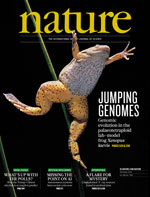
東京大学の平良眞規博士、カリフォルニア大学・ダニエル・ロクサー博士とリチャード・ハーランド博士らを中心とする国際コンソーシアムが共同して行った成果です。日本の多数の大学、研究機関がこのコンソーシアムに参加しています。プレスリリースによると本研究論文の日本人の著者は、東京大学(平良眞規、近藤真理子、道上達男、鈴木穣)、国立遺伝学研究所(藤山秋佐夫、豊田敦)、名古屋大学(松田洋一、宇野好宣)、広島大学(高橋秀治、彦坂暁、鈴木厚)、基礎生物学研究所(上野直人、山本隆正、高木知世)、産業技術総合研究所(浅島誠、原本悦和、伊藤弓弦)、北海道大学(福井彰雅)、長浜バイオ大学(荻野肇)、山形大学(越智陽城)、国立成育医療研究センター(黒木陽子)、東京工業大学(田中利明)、徳島大学(渡部稔)、立教大学(木下勉)、メリーランド大学(太田裕子)、北里大学(回渕修治、伊藤道彦)、バージニア大学(中山卓哉)、新潟大学(井筒ゆみ)、沖縄科学技術大学院大学(安岡有理)ら(敬称略)。
ちなみに、世界で初めてゲノムが解読されたカエルは、アフリカツメガエル(Xenopus laevis)ではなくその近縁種である熱帯ツメガエル(Xenopus tropicalis)で、2010年のサイエンス誌に発表されました。
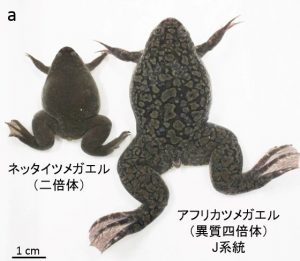 (図は東京大学プレスリリースより)
(図は東京大学プレスリリースより)
アフリカツメガエルのゲノムは、進化の過程で比較的最近、近縁異種が交配しゲノムが倍化した「異質4倍体」と考えられています(下図)。ゲノムサイズが大きく複雑になったためにゲノム解読が困難となり、生物学で用いられるモデル動物の中では一番ゲノム解読が遅れていました。
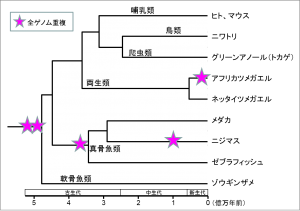 (進化の過程で遺伝子重複が生じた時期(ピンクの星印)。図は東京大学プレスリリースより)
(進化の過程で遺伝子重複が生じた時期(ピンクの星印)。図は東京大学プレスリリースより)
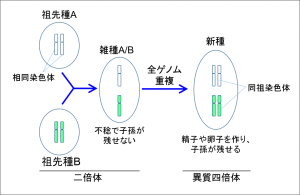 (交雑後にゲノム重複し不稔を免れた仕組み。図は東京大学プレスリリースより)
(交雑後にゲノム重複し不稔を免れた仕組み。図は東京大学プレスリリースより)
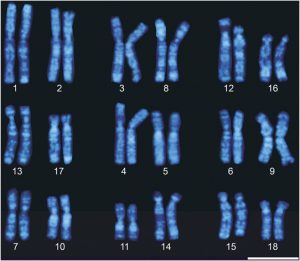 (Xenopus laevisの18本の染色体が近縁2種由来であること示すペア Uno et al., 2013 Heredity Fig.1より)
(Xenopus laevisの18本の染色体が近縁2種由来であること示すペア Uno et al., 2013 Heredity Fig.1より)
参考
- Genome evolution in the allotetraploid frog Xenopus laevis. Nature 538,336–343(20 October 2016)doi:10.1038/nature19840
- Lab frog Xenopus laevis genome sequence shows what happens when genomes collide — African clawed frog got double the normal number of genes thanks to hybridization millions of years ago (EurekAlert! / University of California – Berkeley Public Release: 20-Oct-2016)
- アフリカツメガエルの複雑なゲノムを解読:脊椎動物への進化の原動力「全ゲノム重複」の謎に迫る(東京大学プレスリリース 2016/10/20)
- 東京大学 平良眞規研究室
- XenBase
報道
- 東大など、アフリカツメガエルのゲノムを解読 – 「全ゲノム重複」解明の鍵(マイナビニュース 周藤瞳美 2016/10/20):”東京大学(東大)などは10月20日、2種類の祖先種が異種交配して「全ゲノム重複」したとされるアフリカツメガエルのゲノムの全構造を明らかにしたと発表した。”
- アフリカツメガエルのゲノム解読=脊椎動物の謎解明に期待-東大など(時事ドットコムニュース):”東京大と米カリフォルニア大などの国際研究チームは、アフリカツメガエルの全遺伝情報(ゲノム)を解読したと発表した。アフリカツメガエルは近縁種の異種交配で生まれたため2種類のゲノムを受け継いでおり、研究によく使われるモデル生物の中ではゲノム解読が遅れていた。論文は20日付の英科学誌ネイチャーに掲載された。”
- アフリカツメガエル、ゲノム解読に成功 進化の謎に迫る(朝日新聞デジタル 瀬川茂子 2016年10月20日02時01分):”通常の2倍の染色体を持つ生物(4倍体)として知られるアフリカツメガエルのゲノム解読に日米の国際共同チームが成功した。”
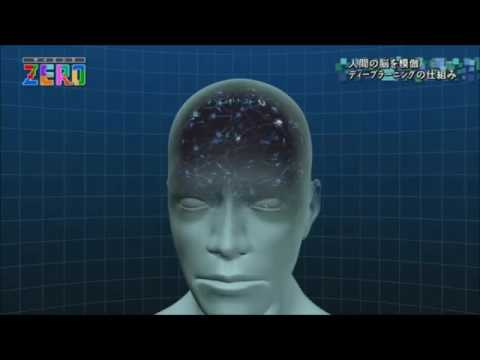
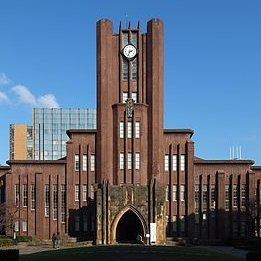

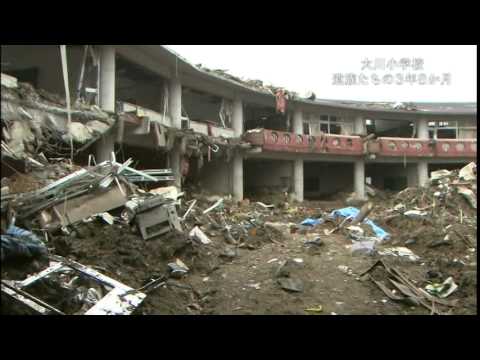
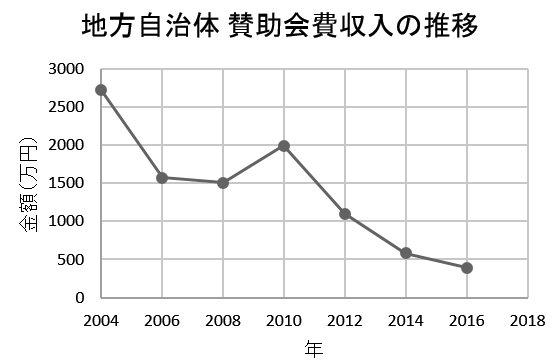
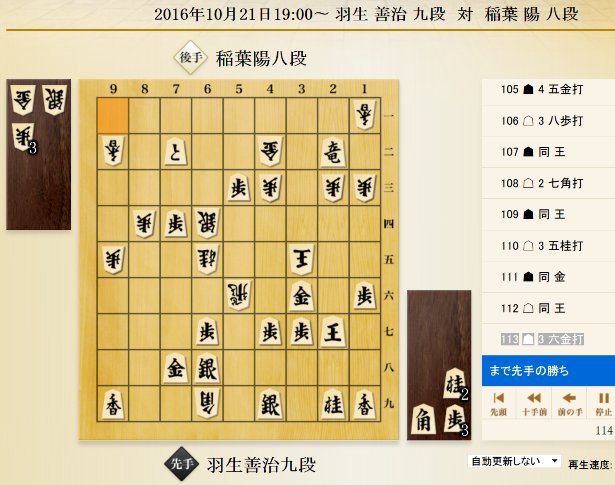
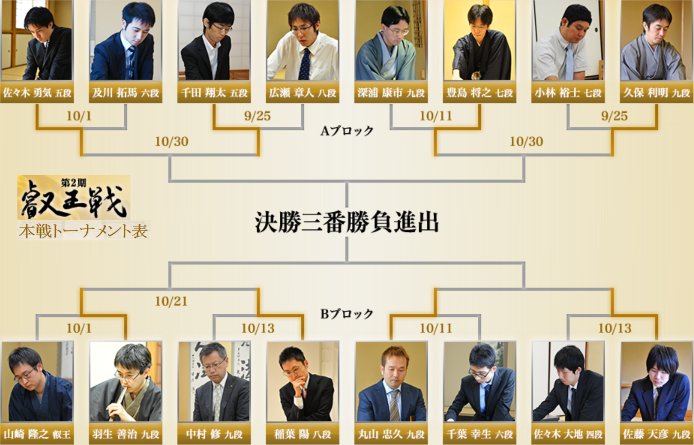



 (進化の過程で遺伝子重複が生じた時期(ピンクの星印)。図は東京大学プレスリリースより)
(進化の過程で遺伝子重複が生じた時期(ピンクの星印)。図は東京大学プレスリリースより)
 (Xenopus laevisの18本の染色体が近縁2種由来であること示すペア Uno et al., 2013 Heredity Fig.1より)
(Xenopus laevisの18本の染色体が近縁2種由来であること示すペア Uno et al., 2013 Heredity Fig.1より) 